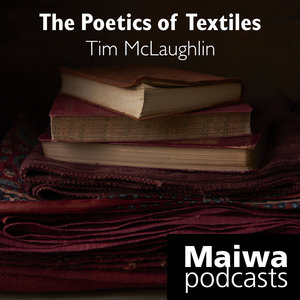Bhole Khan - Master Blockcutter
October 14, 1948 - November 26, 2009

We are sad to relate the passing of artisan, master craftperson, and friend Bhole Khan last Thursday the 26th of November. All the blocks that we sell in the Maiwa stores come from this family. No journey to India was complete without a visit to his block carving studio in Sanganer. Here, in a simple room that opened onto the street, a symphony of tapping, sawing and sanding would progress throughout the day. Using small hand chisels and wooden mallets, artisans under his direction would create the intricate wooden blocks that are used in the traditional blockprinting of fabric. In an art that is often imitated by the silkscreen process, the talents and skills of artisan block carvers faced an uncertain future. But with renewed interest in traditional techniques the studio flourished. Often his designs were so beautiful that we would commission blocks to be made simply to exist on their own. These were a vibrant reflection of his skill, vision and character.
Bhole Khan is survived by his wife, three sons and three daughters. The family will continue to run the block making studio.

October 14, 1948 - November 26, 2009

We are sad to relate the passing of artisan, master craftperson, and friend Bhole Khan last Thursday the 26th of November. All the blocks that we sell in the Maiwa stores come from this family. No journey to India was complete without a visit to his block carving studio in Sanganer. Here, in a simple room that opened onto the street, a symphony of tapping, sawing and sanding would progress throughout the day. Using small hand chisels and wooden mallets, artisans under his direction would create the intricate wooden blocks that are used in the traditional blockprinting of fabric. In an art that is often imitated by the silkscreen process, the talents and skills of artisan block carvers faced an uncertain future. But with renewed interest in traditional techniques the studio flourished. Often his designs were so beautiful that we would commission blocks to be made simply to exist on their own. These were a vibrant reflection of his skill, vision and character.
Bhole Khan is survived by his wife, three sons and three daughters. The family will continue to run the block making studio.





































